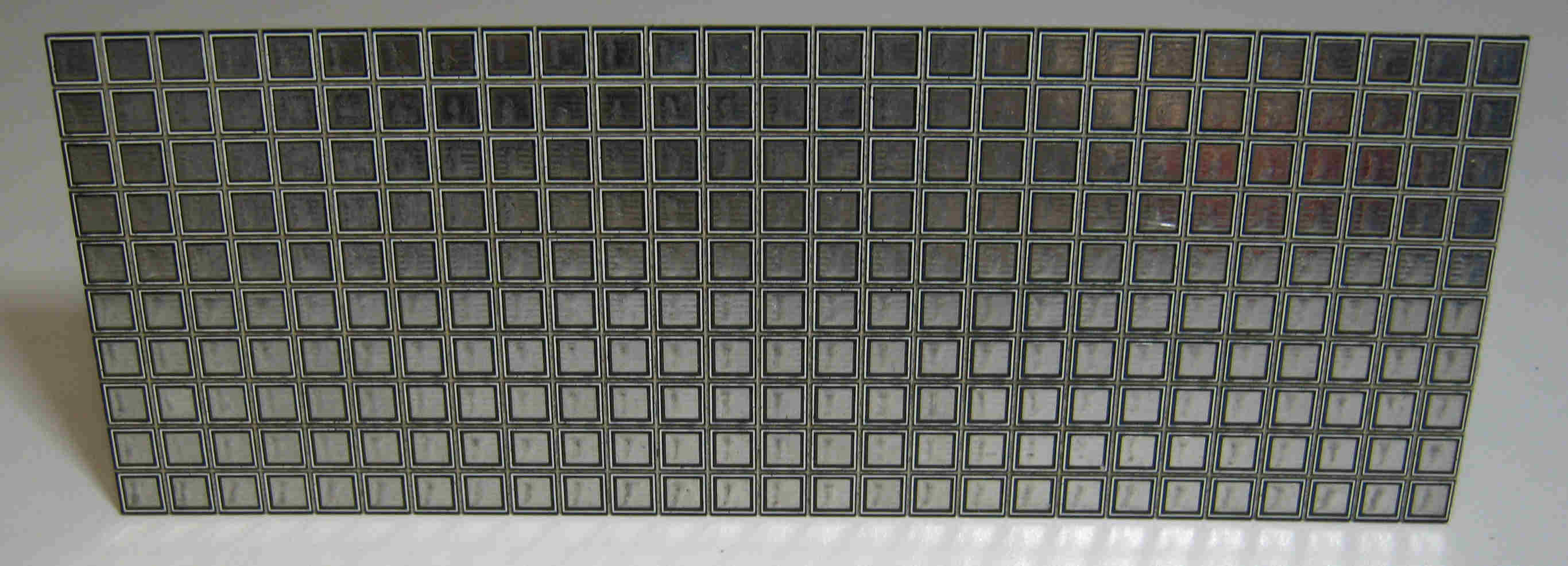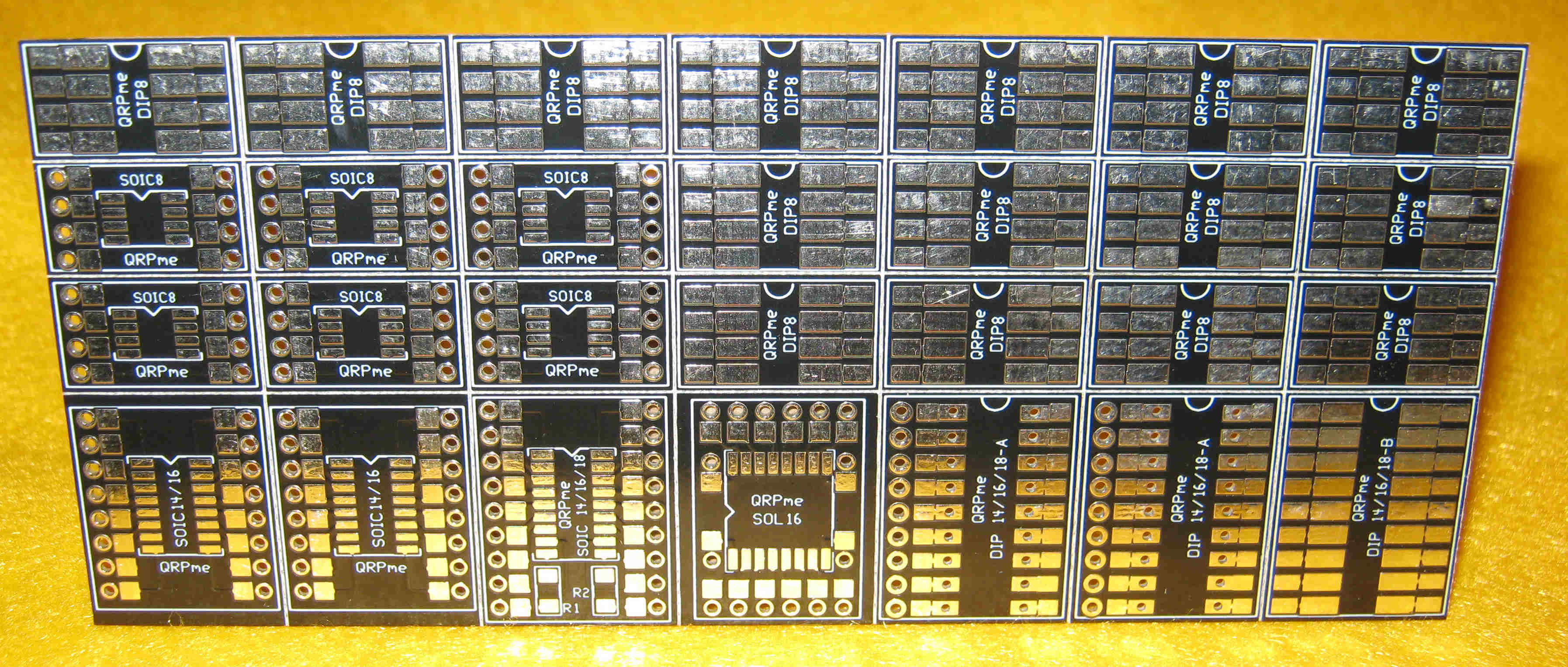SPRAT 151 had my article on Chirpy, an ultra-simple, very basic crystal controlled CW transceiver for 28MHz. This does work and has even managed a few decent QSOs but, boy, does it chirp! So, today I followed up on an idea I had to reduce the chirp by FSKing the oscillator when on TX. The schematic is attached.
The basic idea is to switch to TX by closing S1 (increases the oscillator output to around 150mW) then
key a capacitor in series with the crystal. As the oscillator is on at full power with the key off or on (FSK shift) the chirp goes. There are a couple of disadvantages (a) the rig is no longer full break-in, and (b) when the key is up there is the "opposite" morse about 1kHz up the band, which is wasteful of power and may confuse. Still, this is a "for fun" rig and, with virtually no chirp, a much better radio. As before, a small low pass filter on the output is advisable unless your ATU provides this.
I also adjusted the turns on the main collector inductor finding that a tap 3t from the cold end worked better. You will almost certainly have to experiment with the values of capacitance around the crystal and key to get the right amount of TX-RX offset.
UPDATE 29.7.12: corrected the circuit diagram (crystal going to wrong place!)





 One neat idea is to use a 14.060MHz crystal (cheap from GQRP) pulled up to 14.0623MHz (it is possible) and use this to drive a Polyakov sub-harmonic mixer, which needs half frequency drive, in a simple direct conversion receiver feeding a PC sound card via an isolating transformer. The same oscillator, doubled would be fed into a single balanced DSB modulator and a small QRP PA stage. The resulting WSPR signal would appear as a DSB signal , not SSB, so half the power would be wasted but who cares with milliwatts?
One neat idea is to use a 14.060MHz crystal (cheap from GQRP) pulled up to 14.0623MHz (it is possible) and use this to drive a Polyakov sub-harmonic mixer, which needs half frequency drive, in a simple direct conversion receiver feeding a PC sound card via an isolating transformer. The same oscillator, doubled would be fed into a single balanced DSB modulator and a small QRP PA stage. The resulting WSPR signal would appear as a DSB signal , not SSB, so half the power would be wasted but who cares with milliwatts?




